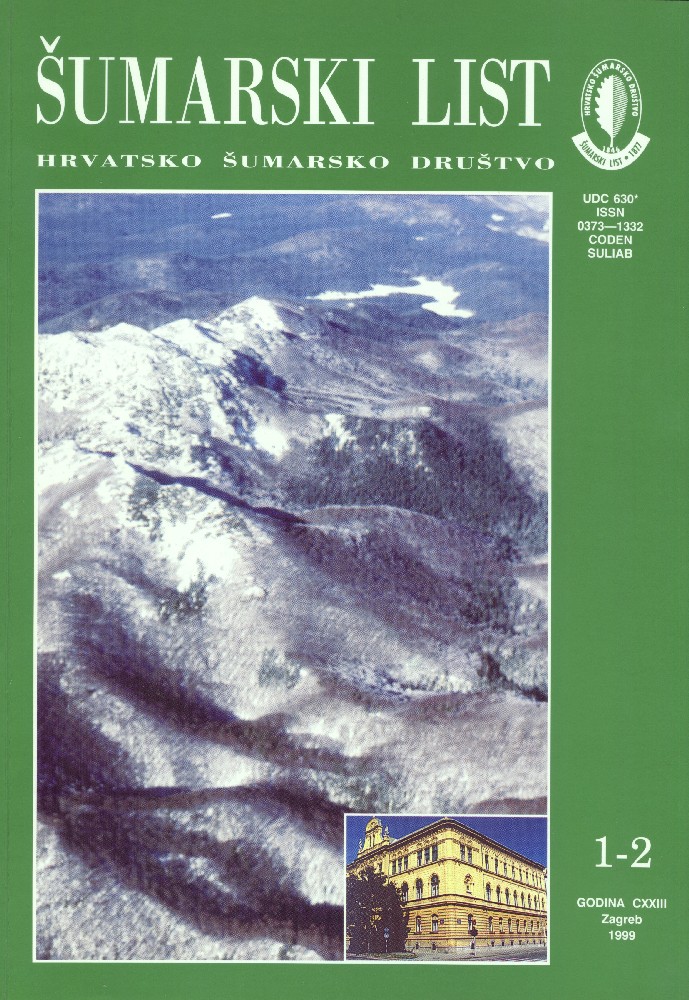Summary: The paper presents synecological-vegetative research of forest associations of pedunculate oak carried out in the Management Unit of ”Žutica”.During three years´ research in the forest ”Žutica”, its phytocoenology was described, and the forest was recorded, systematized and mapped. The present condition of this forest was compared with that of the past, as well as with the research in lowland forests growing on pedunculate oak sites affected by dieback (Kalje, Turopoljski Lug, Pokuplje Basin).A total of five pedunculate oak associations was phytocoenologically described in the studied area, of which the forest of pedunculate oak and great green weed with common hornbeam for the first.According to research, over 700 ha of the most interesting and valuable forests of pedunculate oak were affected by abrupt and intensive external and internal influences. The principal tree species desiccated, the site conditions and forest associations changed, and a negative succession of forest vegetation took place. The physiognomy and structure of floral compositions lost the character of typically developed associations. A large amount of species indicating increased humidity and a deteriorated site occurred: Frangula alnus, Deshampsia caespitosa, Myosotis scorpioides, Galium palustre, Peucedanum palustre, Juncus effusus, Polygonum hydropiper, Iris pseudocorus, Lytrum salicaria, Carex elongata, Carex elata and others, while mesophyllic elements of the Fagetalia order are absent.This, as well as the overall destabilization of the forest ecosystem ”Žutica”, have a synergistic nature. However, the main causes lie in inadequate regulations of river courses and badly done melioration, and the related drop in groundwater levels and changes in the natural rhythm of floods. Furthermore, hard roads with bad draining systems built through the site have led to waterlogging of the terrain.Future development of the vegetation in the studied area will depend mainly on the human influence on this ecosystem. Areas under more humid associations are expected to continue expanding. However, despite a significant negative influence of various factors on the ecosystem, a natural succession and development of forest associations will follow its normal course, that is, will go from more humid towards drier associations.Site and stand degradation can only be curbed, and a return to a normal condition and progression achieved, through a multidisciplinary approach to this and other similar problems.A vegetation map of forest associations in the Management Unit ”Žutica” on a scale of 1: 25, 000 (attachment) was drawn up on the basis of phytocoenological and other research. It will provide a good basis for planning and carrying out activities within the ecosystem (growth, tending, etc) aimed at achieving sustainable management, ecological stability, biological diversity and optimal production of timber mass.
|



